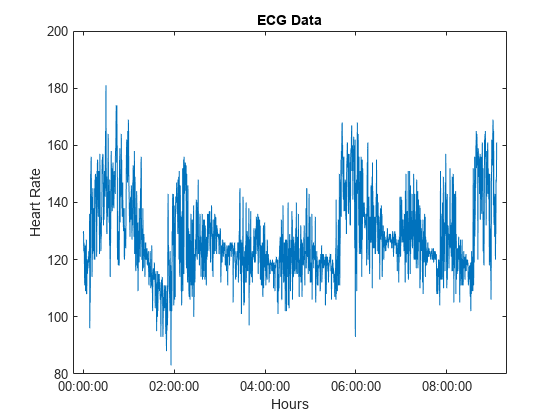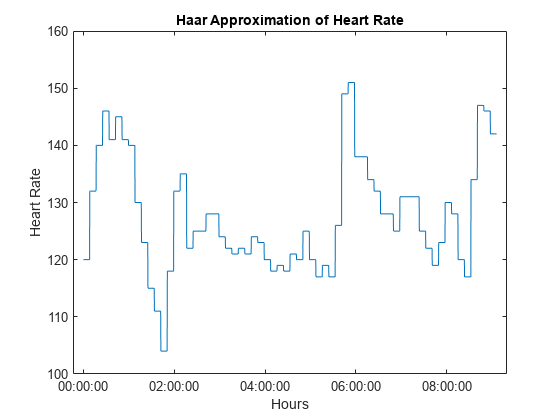haart
Haar 1-D wavelet transform
Description
[
performs the 1-D Haar discrete wavelet transform of the even-length vector,
a,d] =
haart(x)x. The input x can be univariate or multivariate
data. If x is a matrix, haart operates on each
column of x. If the length of x is a power of 2,
the Haar transform is obtained down to level log2(length(x)). Otherwise,
the Haar transform is obtained down to level
floor(log2(length(x)/2)).
[
specifies how the Haar transform handles integer-valued data, using any of the
previous syntaxes.a,d] =
haart(___,integerflag)
Examples
Input Arguments
Output Arguments
Extended Capabilities
Version History
Introduced in R2016b

